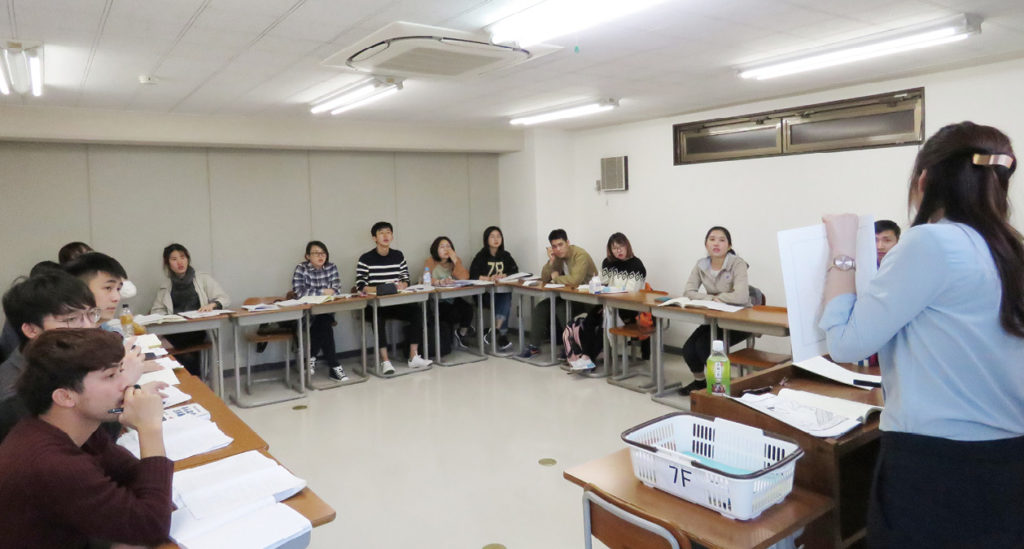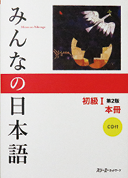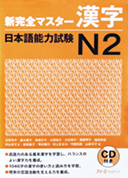| Academic course | April enrollment (a year) ・ July enrollment (a year and nine months) ・ October enrollment (a year and six months) |
|---|---|
| Career course | April enrollment (a year) ・ October enrollment (a year six months) |
| Advanced academic course | April enrollment (those in the second year of the Japanese School) |
A course after graduation
- Returning to their countries … those who return to their home country and work or go on to higher education by making the best use of Japanese they learned
- Academic … Those who wish to go on to university, graduate school, or vocational school in Japan (They return to home if they are not admitted to any school in the graduation year)
- Employment … Those who have graduated from university or graduate school in their home countries (They return to home if they could not find a job in the graduation year)
Shurin’s course setting
 In Shurin, we take the course set before enrollment as provisional.
In Shurin, we take the course set before enrollment as provisional.
Living in Japan is the first experience for foreign students. Foreign students who do not speak Japanese well as a communication tool will experience a variety of things.
In Shurin, many classes are opened to match the different levels of Japanese ability and speed of learning. To that end, the classification tests are conducted four times a year.
Also, with regard to future goals, in addition to regularly scheduled interviews several times a year, individual interviews can be arranged at any time as desired and modify the course direction taking into consideration of the life in Japan and the stages of Japanese learning.
Levels, study contents, and goals
Elementary level
| Learning contents | Students will learn the basic grammar of Japanese focusing on oral practice using teaching materials. Those from non-Kanji-speaking countries will learn Kanji kindly. Those who do not understand Kanji will learn it comfortably. |
|---|---|
| Goal |
|
| Target level Japanese Proficiency Test |
N4 |
Elementary-middle level
| Learning contents | Summarizing basic grammars using comprehensive teaching materials. As a bridge to the middle level, students will study comprehensively to read and understand, compose sentences, make conversation, and listening in relation with good balance. |
|---|---|
| Goal |
|
| Target level Japanese Proficiency Test |
N4 |

Middle Level I
| Learning contents | Studying to increase vocabulary and expression. Students will practice to widen the variations of conversation to communicate without problems in school or in daily life. Also, they will practice to read and comprehend long sentences of over 1000 letters correctly, as well as writing an essay on familiar topics. |
|---|---|
| Goal |
|
| Target level Japanese Proficiency Test |
N3 |
Middle Level II
| Learning contents | To understand and express sentences more accurately, students will learn various expression with appropriate use of words. They will start taking selective subjects of their interest or weakness. |
|---|---|
| Goal |
|
| Target level Japanese Proficiency Test |
N3 |
Middle Advanced Level
| Learning contents | Students will practice so that they can use what they learned in the middle level. They will read various types of sentences and practice explaining their contents and expressing their opinion in their own words. |
|---|---|
| Goal |
|
| Target level Japanese Proficiency Test |
N2 |
Advanced Ⅰ~Ⅱ
| Learning contents | Students will read sentences of 2000 to 3000 letters of a wide variety of writings, essays, and novels. They will practice expressing their opinions logically in any field. Also, they will learn fine expression including differences in nuance, practice speaking and writing properly using them in conversation and composition. |
|---|---|
| Goal |
|
| Target level Japanese Proficiency Test |
N2 ~ N1 |
Advanced III~IV
| Learning contents | We use a variety of teaching materials including raw teaching materials. Students will strengthen their ability by presenting the contents they read and writing it in a report, which is a series of tasks combining reading comprehension, discussion, debate, presentation, and dissertation. |
|---|---|
| Goal |
|
| Target level Japanese Proficiency Test |
N1 |
Textbook (References)
Beginners level


Middle level


Advanced level




